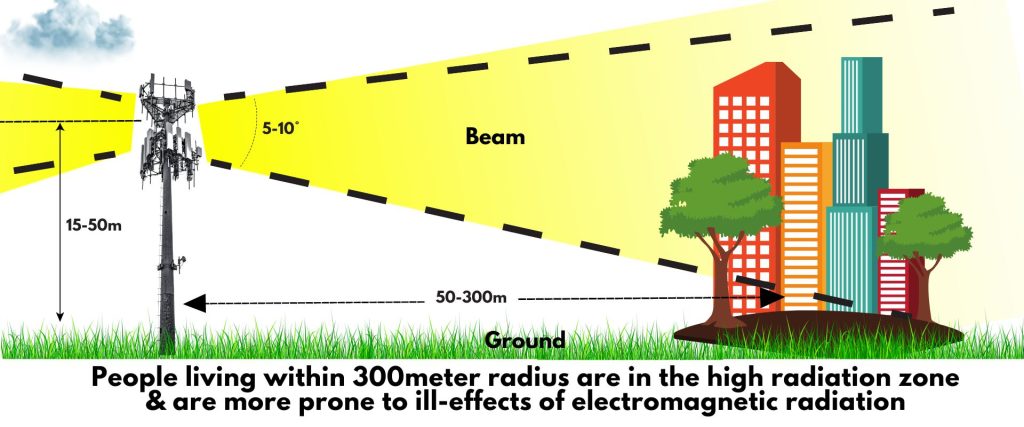A comprehensive survey study was conducted to investigate the experiences of individuals residing near cellular phone base stations. The study involved the participation of 530 individuals, comprising 270 men and 260 women, who either lived close to or far from these base stations. The research focused on examining eighteen distinct symptoms referred to as Non-Specific Health Symptoms (NSHS), which are commonly associated with radiofrequency sickness. The chi-square test with Yates correction was employed to analyze the data.

The results of the study highlight that specific complaints were reported exclusively by individuals living in close proximity to base stations, with symptoms such as nausea, loss of appetite, and visual disturbances occurring within a 10-meter range. In contrast, other symptoms such as irritability, depressive tendencies, and a decrease in libido were experienced at distances of up to 100 meters from the base stations. Headaches, sleep disturbances, and feelings of discomfort were reported within a range of up to 200 meters. Notably, fatigue was found to be significantly more prevalent within the 200 to 300-meter zone when compared to subjects residing beyond 300 meters or those not exposed to base stations (reference group).
Furthermore, it was observed that women reported a significantly higher frequency of seven studied symptoms within a distance of up to 300 meters, in comparison to men (P < 0.05). The study also revealed significant variations based on the ages of the subjects and their proximity to the antennas, as well as other electromagnetic factors.
